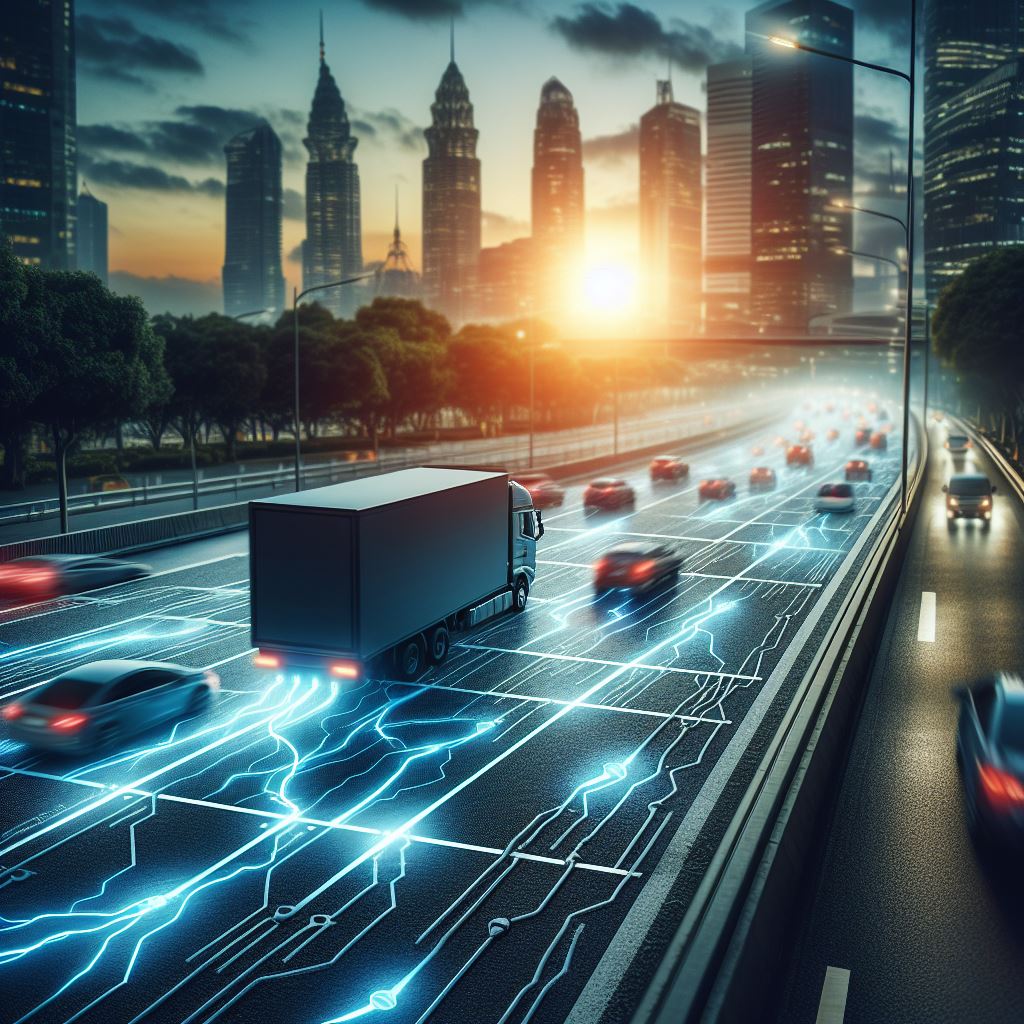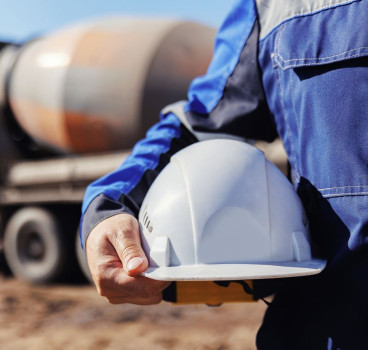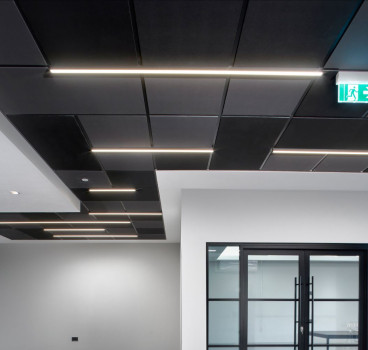Self-healing roads and piezoelectric power
Potholes and road cracks represent a significant economic burden for cities and transportation agencies. The constant cycle of repair and deterioration consumes vast sums of money and disrupts traffic flow. However, the future of transportation infrastructure might hold a revolutionary solution – self-healing roads powered by piezoelectric materials, writes John Ridgeway.
Potholes are a universal menace, plaguing roads across the world. A 2018 report by the European Automobile Manufacturers' Association (ACEA) estimated that poor road conditions cost European drivers €200 billion annually. An earlier 2016 study by the AA (Automobile Association) in the UK found that potholes cost British motorists an average of £1,076 per year for repairs caused by pothole damage.
The American Society of Civil Engineers (ASCE) gave the US road infrastructure a D grade in its 2021 Infrastructure Report Card. They estimated a $13.6 billion annual cost to motorists due to poor road conditions, including potholes. The same applies down under with the Australian Automobile Association (AAA) estimating that pothole damage costs Australian drivers an average of $1,749 per year.
Without doubt, potholes, in particular – and the general state of our transport infrastructure - are a global issue with significant economic and safety implications, but researchers think they might have an answer with piezoelectric materials, which have been talked about for the last 10 years or so – and could be coming to a road near you very soon.
Piezo What? Understanding this powerhouse material
Piezoelectric materials possess a unique property. They generate electricity when subjected to mechanical stress. When pressure is applied, like the weight of a car driving over a road surface, the internal crystal structure of the material becomes distorted. This distortion creates a voltage within the material, essentially converting mechanical energy into electrical energy.

This in turn creates the concept of self-healing roads with piezoelectric materials, which involves embedding these materials into the asphalt or concrete road surface. This can be achieved through various methods such as using crushed piezoelectric rocks like quartz or ceramics, which can be mixed into the asphalt or concrete mix during construction. These aggregates generate electricity when vehicles drive over them.
Piezoelectric fibres made from piezoelectric materials can also be incorporated into the asphalt or concrete matrix. As traffic compresses the road surface, these fibres can generate electricity.
Alternatively, it is envisaged that a layer of prefabricated piezoelectric panels can be installed on top of existing road surfaces. These panels can be connected together to form a network that captures energy from passing vehicles.
Powering road repair
The electricity generated by the piezoelectric materials can be harnessed through a network of wires embedded within the road. This collected electricity can then be used to power various systems that promote self-healing:
The theory is that embedded heating elements within the road surface can be powered by the piezoelectric electricity. When cracks appear, these elements can be activated, generating heat that melts the surrounding asphalt or concrete and allows the material to re-seal the crack upon cooling.
Researchers are also exploring the use of microwave technology embedded within the road surface. The piezoelectric electricity could be used to power microwave emitters that target specific cracks, promoting self-healing through targeted heating.
Additional applications of piezoelectric roads
The potential benefits of piezoelectric roads extend beyond self-healing. The electricity generated by the roads could be stored in batteries and used to power streetlights, traffic signals, or even nearby buildings. This creates a self-sustaining infrastructure that reduces reliance on the traditional grid.
Data collected from the piezoelectric network could also be used to monitor traffic patterns, analyse road usage and identify heavily congested areas. This information could then be used to optimise traffic flow and improve transportation efficiency.
The road to implementation
While the concept of self-healing roads is exciting, several challenges would need need to be addressed before widespread adoption. The initial cost, for a start, of incorporating piezoelectric materials into road construction is significant. Research and development are going to be crucial for exploring future cost reductions, if this this technology is to become commercially viable.
Piezoelectric materials also need to be able to withstand the constant stress of heavy traffic and harsh weather conditions for extended periods. Long-term testing and performance evaluation are essential. The embedded electrical network and heating elements within the road surface will further require ongoing maintenance and potential repairs. Developing efficient and cost-effective maintenance strategies is going to be crucial.
Despite these challenges, researchers and companies are actively pushing the boundaries and testing the potential of self-healing roads. A 2014 pilot project in Rotterdam incorporated piezoelectric tiles into a bike path. The project successfully generated electricity from cyclists and demonstrated the feasibility of the concept.
A 2019 project in South Korea installed a 100-metre stretch of piezoelectric road on a public highway. This project aimed to collect data on energy generation, durability, and effectiveness in real-world traffic conditions. Several ongoing research projects in Japan are also exploring different aspects of self-healing roads.
A brighter future for infrastructure
The concept of self-healing roads with piezoelectric materials holds immense potential for the future of transportation infrastructure, in spite of these challenges. By harnessing the power of these innovative materials, we can pave the way for reduced maintenance costs. Self-healing roads can significantly reduce the frequency and cost of road repairs, potentially saving cities and transportation agencies vast sums of money.
By minimising road closures for repairs, self-healing roads can also contribute to smoother traffic flow and reduced congestion. Self-generating roads can further reduce reliance on traditional electrical grids and promote a more sustainable transportation system.
Equally as valuable, the data collected from piezoelectric networks can contribute to the development of smart and connected infrastructure that optimises traffic management and enhances overall transportation efficiency.
However, like most new technologies, realising the full potential of self-healing roads requires a collaborative approach. Continued research is needed to optimise materials, improve energy conversion efficiency and develop cost-effective implementation strategies.
Public-private partnerships will also be essential for funding research, conducting large-scale pilot projects and promoting widespread adoption of the technology. Developing standardised design specifications and safety regulations will be needed to further ensure the long-term viability and safety of self-healing roads.
The road ahead may be long way off, but the potential benefits are undeniable. By embracing innovation and collaboration, we can transform our transportation infrastructure into a more sustainable, resilient and efficient system. The future of roads may not be paved with gold, but they might just be paved with self-healing, energy-generating piezoelectric materials – watch this space.
Additional Blogs

Why good contractors are walking away from bad projects
There is a growing change happening across the construction industry, one that many clients still have not fully recognised. Highly competent, reputable contractors are increasingly walking away from...
Read moreWhen fire breaks out who really knows the system
The story that caught my attention recently wasn’t about fire growth or building loss, it was about confusion. Specifically, the confusion faced by the fire service when arriving at buildings...
Read more

The design and development of Nexus Layouts
When Zentia set out to rethink the suspended ceiling, the brief was clear: deliver greater creative freedom for designers, more distinctive visual identity for clients, and a solution that could keep...
Read more